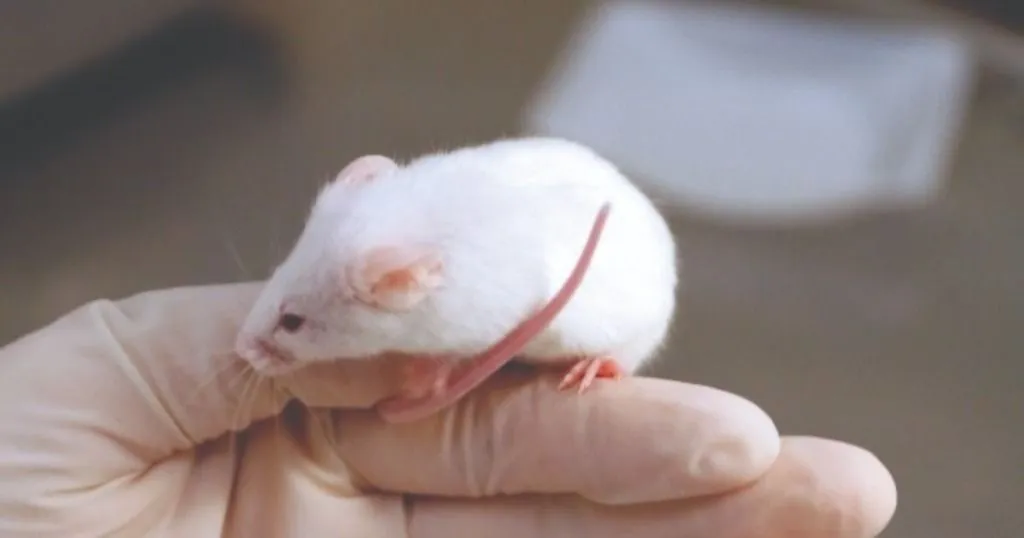Decreased learning abilities in diabetic rats: Silymarin to the rescue
Silymarin is a substance that works as an antioxidant, is anti-inflammatory and increases BDNF levels. After supplementing silymarin to diabetic rats, typical diabetes symptoms were greatly improved.
Posted by
Published on
Thu 14 Nov. 2019
Topics
| Diabetes | Elevated Plus Maze | EthoVision XT | Learning And Memory | Morris Water Maze | Open Field | Rats |

Consequences of diabetes
Three researchers from the Düzce University and the Selçuk University in Turkey have researched a potential diabetes treatment. Diabetes sometimes has far-reaching consequences on people’s lives, because of the organ, brain and central nervous system damage it can cause.
Silymarin: a cure?
A potential treatment for this damage consists of silymarin supplementation. Next to various other properties, this substance can decrease inflammation, works as an antioxidant and, on top of that, can pass through the blood-brain barrier. Furthermore, it can regulate glucose uptake and it has a positive influence on the central nervous system.
Testing the cognitive function
Preparation of behavioral tests
Using streptozotocin injections to induce diabetes, the scientists divided rats into four groups, i.e., control, diabetes, silymarin and diabetes + silymarin. Starting 7 days after the diabetes induction, the rats in the silymarin groups were fed silymarin dissolved in maize oil daily for 35 days.
Testing the cognitive function
In order to test movement, anxiety and spatial memory of the rats, various behavioral tests were carried out. All tests were filmed for analysis, after which the scientists used Noldus Ethovision XT 9.0 to collect data from the videos.
Open field test
For 5 minutes, the rats were put in a black open field arena, and were allowed to explore freely. Various types of data related to spontaneous movement were collected, like movement speed and distance, grooming, and rearing. Furthermore, as an anxiety measure, defecation was noted.
Elevated plus maze
In another test, an elevated plus maze (EPM) was used. It had two enclosed and two open arms, and for each test the rats were placed in the center facing one of the open arms. They were again allowed to explore freely for 5 minutes, after which the researchers noted down the number of entries in both types of arms, and how much time was spent inside them.
Morris water maze for spatial memory
A Morris water maze test (MWM) was done in order to test spatial memory. The maze was divided into four imaginary quadrants; northeast, southeast, northwest and southwest. In one of the imaginary quadrants (northwest), an escape platform was present, away from the wall and hidden by the color of the painted water. Visual cues were placed around the tank which could be used by the rats for orientation.
For 4 days, the rats were trained 4 times daily, starting from a different quadrant each time. They were expected to find the platform within 60 seconds, and if this failed a researcher would physically put the rat on the platform. At 24 hours after the training, a 90s probe trial task was done, this time without a platform.
Brain tissue samples
After the behavioral tests, the researchers took brain tissue samples. Those were frozen and later homogenized for biochemical analysis (BDNF and HDAC3). Read more about this in the original study (see reference below).
Diabetes influencing cognitive function
Anxiety in the open field test
The scientists from this study have found that diabetic rats defecated more than diabetic rats treated with silymarin. This was probably caused by the rats trying to create a safer area for themselves, which indicates that diabetes increases anxiety levels. It also shows that silymarin seems to be able to decrease diabetes-induced anxiety.
Rats prefer closed arms in the EPM
The EPM has shown increased anxiety in diabetic rats as well, because this group spent more time in the closed arms. Furthermore, they entered the closed arms more often than rats from other groups did.
MWM shows decreased learning abilities
It seems that diabetic rats have a harder time learning than both non-diabetic and diabetic + silymarin rats. After the MWM, the probe trial task showed that diabetic rats passed over the former location of the escape platform less often than the other groups did.
BDNF and HDAC3
In diabetic rats, lower numbers of BDNF were found compared to the other groups, but their levels were equal compared to the diabetes + silymarin rats. Low BDNF levels in diabetics are associated with cognitive deficits. This result indicates that silymarin could help counter various negative effects of diabetes that are related to learning abilities.
No differences in HDAC3 levels were found between the various rat groups. This substance decreases spatial memory abilities in rodents and is needed for proper brain development.
Silymarin helps with diabetes-caused cognitive dysfunctions
A difference was found in learning abilities between the diabetes and the diabetes + silymarin group, which suggests that silymarin is able to ameliorate cognitive dysfunctions caused by diabetes. The Düzce University and Selçuk University scientists carried out this study as the first in its field, and therefore, many potential silymarin effects on diabetes are still to be discovered.
Reference
Yön, B., Belviranlı, M., & Okudan, N. (2019). The effect of silymarin supplementation on cognitive impairment induced by diabetes in rats. Journal of basic and clinical physiology and pharmacology, 4, 30.
Related Posts

Father’s genes affect their offspring’s future success

User Meeting: exploring external data integration

